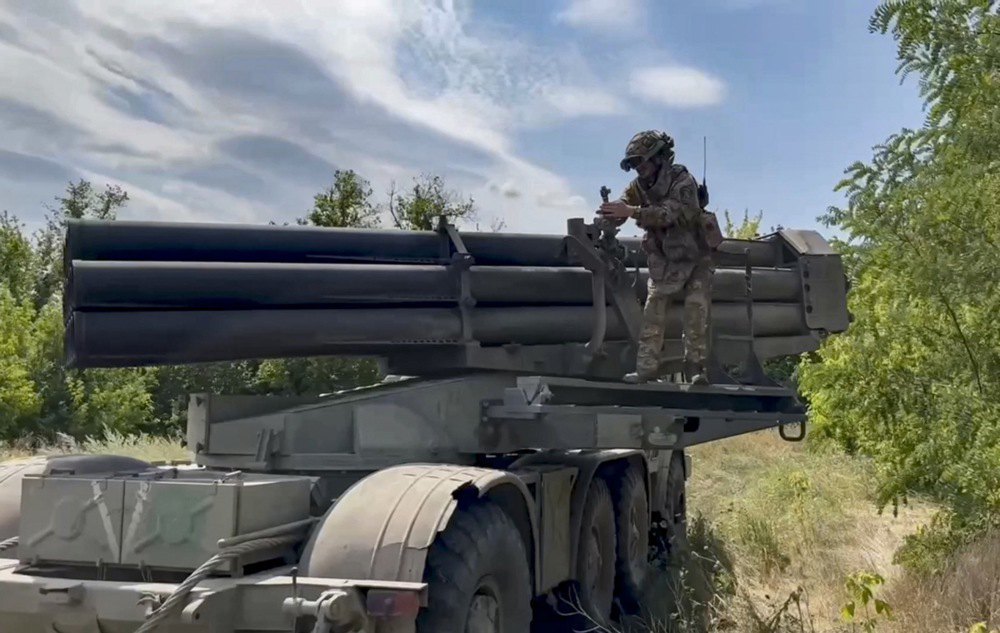
Russia made its first attempt to fight in Sumy Region on 10 January near the village of Zhuravka near the state border. It was a raid by several small groups of enemy infantry trying to outflank the flank of the Defence Forces in Kursk Region. These actions were supported by Russian aircraft and UAVs. The 67th Mechanised Brigade repelled the attack and pushed the enemy back abroad.
On 19 February, units of the enemy's 810th Marine Brigade entered Sumy Region, and after active offensive operations, they captured Basivka the next day. At the same time, the main forces of the brigade remained in the Kursk Region near the villages of Huyeve, Plekhove and Kurylivka. On that day, the bunker grandfather announced the creation of a ‘buffer zone’.
On 22 February, the 56th Air Assault Regiment of the 7th Air Assault Division occupied Novenke.
In early March, units of the enemy's 83rd Air Assault Brigade appeared in the area of the border village of Zhuravka.
In the first half of March, the fighting gradually moved from the area around Loknya in Kursk Region to the northern border areas of Sumy Region.
By mid-April, the Russian's grouping had taken shape, and the format of the border fighting had changed to an offensive operation aimed at pushing the Defence Forces out of the Russian Federation and creating a buffer zone in Sumy Region.
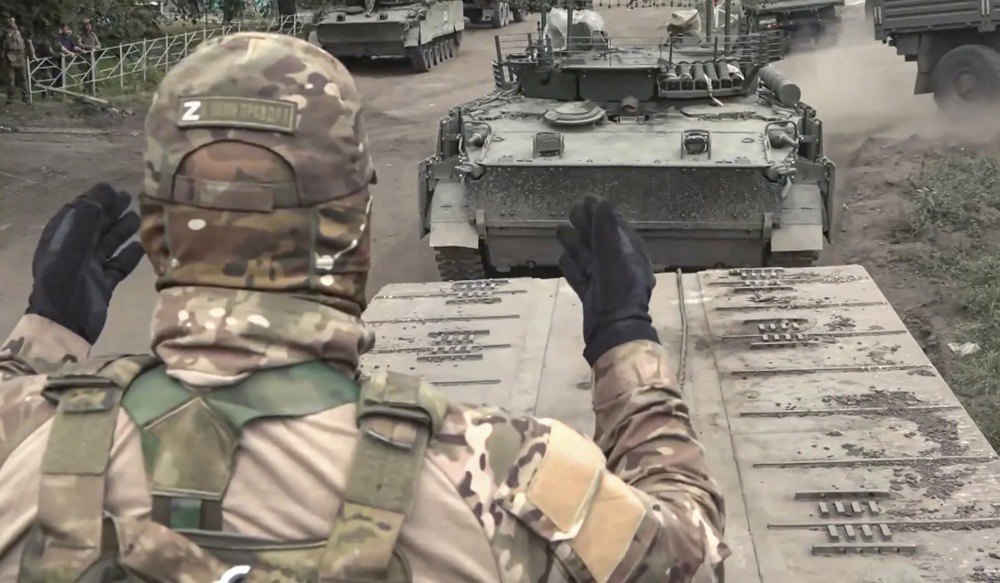
The basis of the Russian grouping is a highly mobile component: 9 brigades/regiments of the Airborne Forces (237th, 234th, 104th Airborne Division of the 76th Airborne Division, 51st, 119th and 137th Airborne Division of the 106th Airborne Division, 56th Airborne Division of the 7th Airborne Division, 11th and 83rd Separate Mechanised Brigades), 3 brigades/regiments of the Marines (155th, 810th Separate Marine Corps, 177th Separate Mechanised Brigade and a battalion of the 61st Separate Mechanised Brigade). The grouping is reinforced by infantry from the Leningrad (44th Corps) and Southern (49th Army) Districts: 22nd, 30th SMEs of the 72nd MD of the 44th AK, 34th OMSBr (Mountain) of the 49th MA. To strengthen the striking capabilities of the highly mobile component, 4 to 8 tank companies from the motorised rifle regiments of the 6th Army, 14th and 44th Corps were deployed.
The grouping included four brigades of the DPRK Armed Forces (we are beginning to forget about them), which are operating in the Russian Federation and have not yet been noticed by us.
Therefore, in April, Russia created the Kursk Group of Forces as part of its Sever troop grouping to act in the Sumy direction. According to estimates, the Kursk Group consisted of up to 55,000 troops, about 120 tanks, 500 armoured personnel carriers, 850 guns, mortars and MLRS. The 26th Missile Brigade could launch missile strikes from the territory of the Russian Federation in the interests of the Kursk Group. Despite the three-digit figures, the GR is not that large due to the low combat capabilities of the highly mobile troops (worldwide, not just in Russia) and the significant losses of personnel during the fighting in the Kursk Region. Thus, such a HMG is capable of advancing and seizing territory of about 30 km along the front and up to 10 km inland, but it is unlikely to overcome prepared defences.
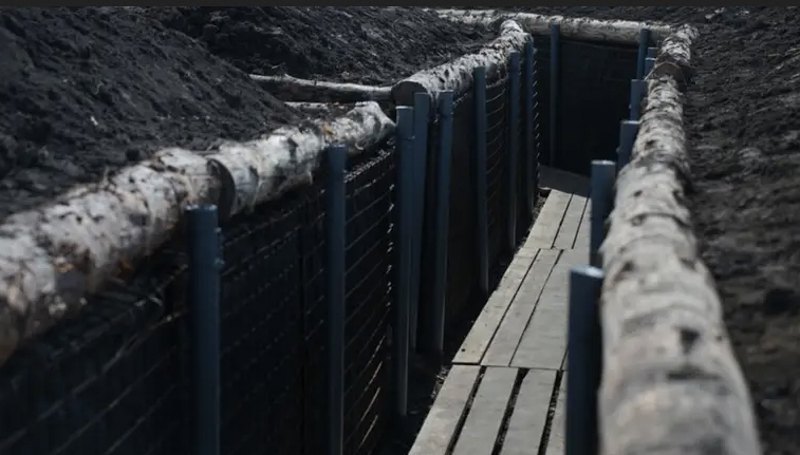
If the creation of a buffer zone is the operational goal, then in order to achieve it, the enemy must reach the line of heights between Yunakivka and Khrapivshchyna, take control of a large forest area from Radkivka to Mohrytsia, and secure the line along the Psol River. The next step should be to hold this zone and establish a system of fire control over the communications of the Defence Forces.
Of course, the question immediately arises: where are our fortifications? The 67th Brigade reported that everything was OK. I see no reason not to believe them, but the brigade is only responsible for its own defence zone.
Open sources indicate that the Sumy Regional State Administration began the necessary work through its capital construction department back in 2023. Currently, hostilities are ongoing in the area from Kostyantynivka to Novenke, which is 28 km away in a straight line and about 40 km along the border. A standard mechanised brigade is capable of performing such a task in defence. This means that each platoon should be equipped with a strongpoint, for a total of 27 strongpoints.
ProZorro has information that BVK COMPANY FEDORCHENKO LLC (no idea who they are) built one stronghold for 45,851,553 hryvnias by December 2023. There are mentions of four more tenders in 2024 with a deadline of 31 January of this year for a total of 113,528,338 hryvnias. That is, the work was done, but the question is, how well? Was the enormous impact of FPV on modern defence taken into account? What exactly is hidden behind the official wording ‘stronghold’ — a battalion defence area measuring 5 by 2.5 km or a platoon stronghold measuring 400 by 300 m?
To understand the absurdity of the operational equipment of the Sumy Region, we note that on 29 May, repairs began on the Sumy-Lebedyn road in the Sumy Region, for which UAH 60 million was allocated from the state budget reserve fund. That is, instead of mining and making the roads impassable, they decided to lay a route to the Mirgorod airbase. Was this construction approved by the relevant structural unit of the General Staff of the Armed Forces of Ukraine? Something is doubtful, as the border area is now a kind of construction site.
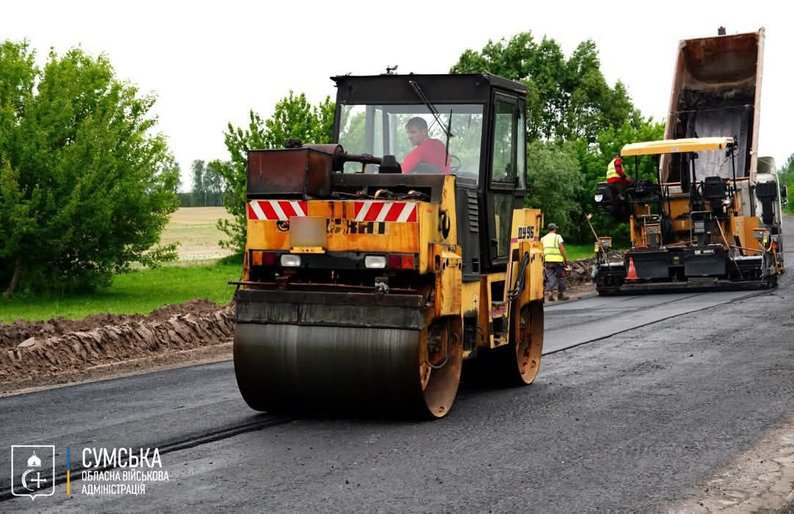
Let's return to the fighting. In April, the Russians advanced on Sumy Region in three directions:
● towards Loknya (76th Airborne Division and 83rd Airborne Brigade);
● towards Hoholivka — checkpoint ‘Sudzha’, Melove tract — Oleshnia (106th Motorised Rifle Division and 11th Airborne Brigade);
● towards Huyevo — Hornal (assault units from marine brigades/regiments).
Two battalions of the 155th Brigade went to the Belgorod region to prevent the advance of Ukrainian Armed Forces units in the areas of the village of Demidovka and the village of Prilissia, where an offensive began in the areas of Goptarivka — Romanivka and Hrafivka — Prilissia.
On 13 April, Palm Sunday, units of the Russian's 112th (1st TA) and 448th (20th ZA) missile brigades launched a group missile strike with two 9M723 missiles on Sumy. The first missile hit the congress hall of Sumy State University at 9/1 Pokrovska Street, and the second hit a little further away, about 140 metres away, near Petropavlivska Street, where it hit a trolleybus with passengers. Thirty-five civilians were killed, including two children (aged 11 and 17), and 129 people were injured, including 15 children. The involvement of launch batteries from missile brigades of various armies operating in other operational areas (in Kupiansk and Lyman) clearly indicates that the strike was coordinated at the level of the General Staff of the Russian Armed Forces.

As of mid-May, an interesting transformation took place in the Kursk Group - two motorized rifle divisions, the 72nd MD of the 44th AK and the 18th MD of the 11th AK (arrived from the Kharkiv direction and was put into action in the Veselivka-Vodolahy and Zhuravka-Bilovody directions to reach the Novomykolayivka-Yablunivka line), became the basis of the group. This is most likely an indicator of a decline in the combat effectiveness of the highly mobile component.
By the end of last week, fierce fighting was taking place along the entire Konstantynivka-Kindrativka-Andriivka-Oleksiyivka-Volodymyrivka-Vodolahy-Yablunivka-Yunakivka-Oleshnya line. On the three invasion directions, the enemy captured Loknya, Vodolahy, Bilovody and advanced 6-8 kilometers into Ukraine. The 106th Division is fighting for Yunakivka, its units broke through between the settlement and Yablunivka and cut the Sudzha-Yunakivka-Sumy highway. The enemy has been attacking continuously for the past few days, but cannot gain a foothold even on the outskirts of Yunakivka. Assault groups of the 137th Regiment of the division and the 810th Separate Mechanized Brigade are breaking through the village of Sadky through the forest to the east of it, although so far without success.
What about the Defense Forces?
Despite a rather difficult operational situation and a significant advantage in manpower, our units managed to conduct several successful counterattacks on the flank of the enemy's offensive group in the areas of Pervoe May - Kostyantynivka and Yastrubyne - Kindrativka and advance in the eastern direction.
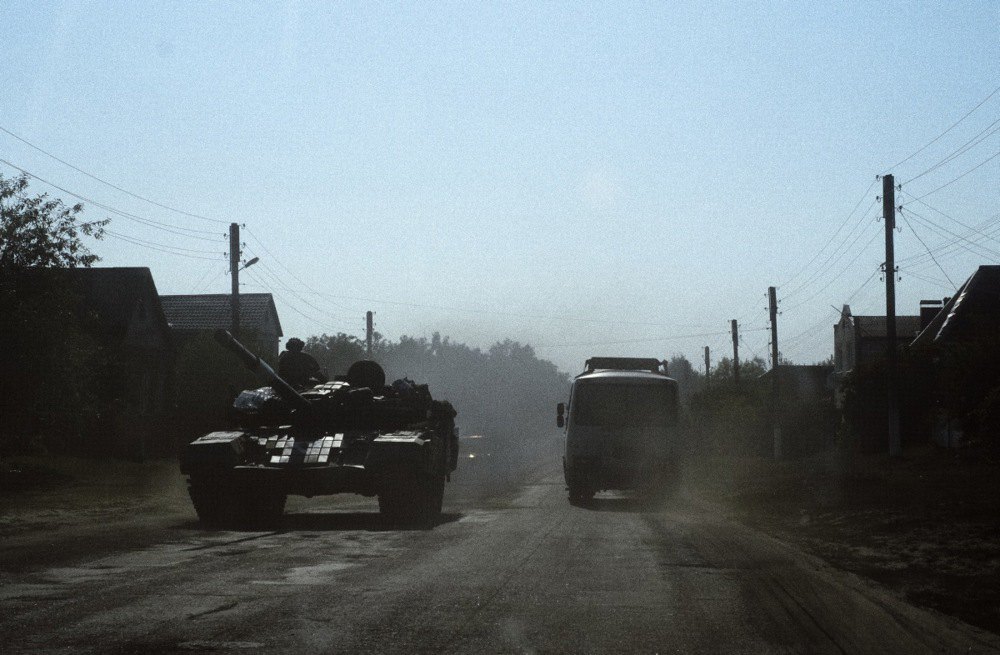
Several factors will influence the development of the situation:
● whether the Defense Forces will be able to hold the Novomykolaivka-Yablunivka line. If they do, the situation in the entire sector will be stabilized;
● Dense forests, wetlands and other natural obstacles in Sumy Region limit the use of heavy military equipment;
● Dense forests will make it difficult, and in some areas impossible, to use drones due to the dense foliage.
These circumstances will turn the conflict into a format of clashes between separate raid and assault groups and mobile hunting units in a huge forest area, which is about 10 km away, and this breakthrough could give the enemy a significant advantage.
Thus, the tasks of the Defense Forces in Sumy Region are to hold the Novomykolayivka-Yablunivka line and block the enemy's access to large forest areas.
To make the scale of the evacuation efforts clear, here are the figures: as of June 1, 48,612 people (including 7,668 children) have been evacuated from more than 190 border villages, which is about 56% of the total.
There should be no cake without a cherry: the 41st, 2nd and main forces of the 51st Army are fighting for Pokrovsk, the 8th, the rest of the 51st and part of the 3rd Army are fighting for Toretsk, the 1st Tank and 6th Combined Arms Armies are fighting for Kupyansk, and the 20th and 25th Armies are fighting for Lyman. And still nothing. Near Sumy, which is far from Pokrovsk or Lyman, there is the equivalent of up to two divisions, which is not even an army.
What the hell is “Sumy in three days”?








